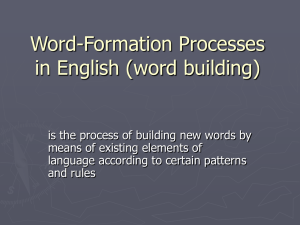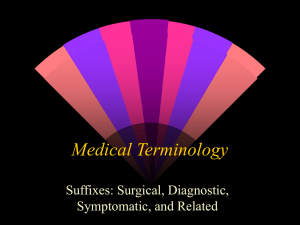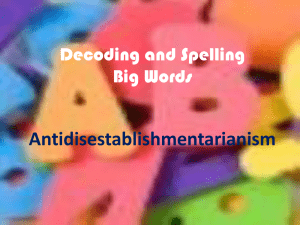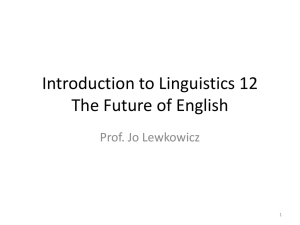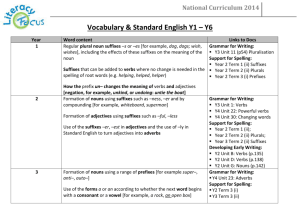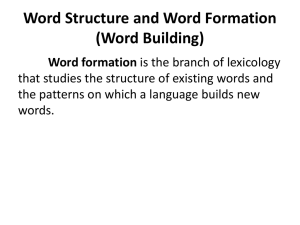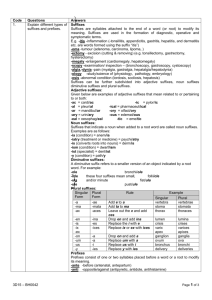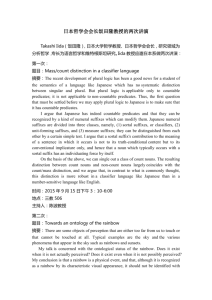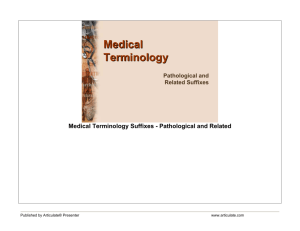abstract
advertisement
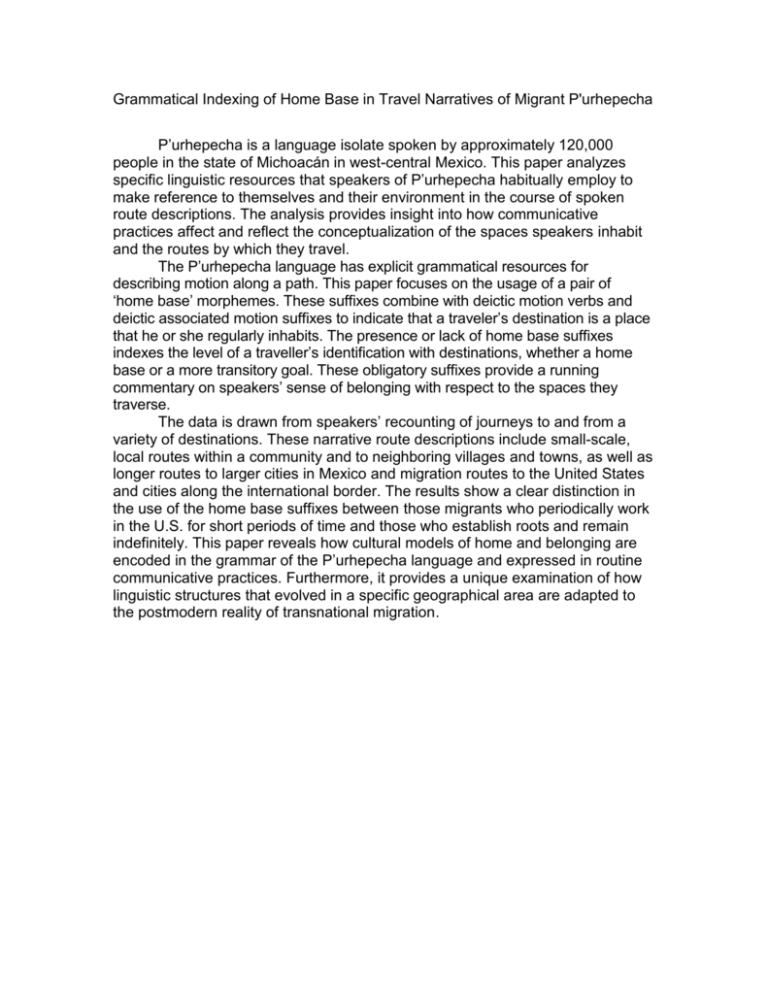
Grammatical Indexing of Home Base in Travel Narratives of Migrant P'urhepecha P’urhepecha is a language isolate spoken by approximately 120,000 people in the state of Michoacán in west-central Mexico. This paper analyzes specific linguistic resources that speakers of P’urhepecha habitually employ to make reference to themselves and their environment in the course of spoken route descriptions. The analysis provides insight into how communicative practices affect and reflect the conceptualization of the spaces speakers inhabit and the routes by which they travel. The P’urhepecha language has explicit grammatical resources for describing motion along a path. This paper focuses on the usage of a pair of ‘home base’ morphemes. These suffixes combine with deictic motion verbs and deictic associated motion suffixes to indicate that a traveler’s destination is a place that he or she regularly inhabits. The presence or lack of home base suffixes indexes the level of a traveller’s identification with destinations, whether a home base or a more transitory goal. These obligatory suffixes provide a running commentary on speakers’ sense of belonging with respect to the spaces they traverse. The data is drawn from speakers’ recounting of journeys to and from a variety of destinations. These narrative route descriptions include small-scale, local routes within a community and to neighboring villages and towns, as well as longer routes to larger cities in Mexico and migration routes to the United States and cities along the international border. The results show a clear distinction in the use of the home base suffixes between those migrants who periodically work in the U.S. for short periods of time and those who establish roots and remain indefinitely. This paper reveals how cultural models of home and belonging are encoded in the grammar of the P’urhepecha language and expressed in routine communicative practices. Furthermore, it provides a unique examination of how linguistic structures that evolved in a specific geographical area are adapted to the postmodern reality of transnational migration.
